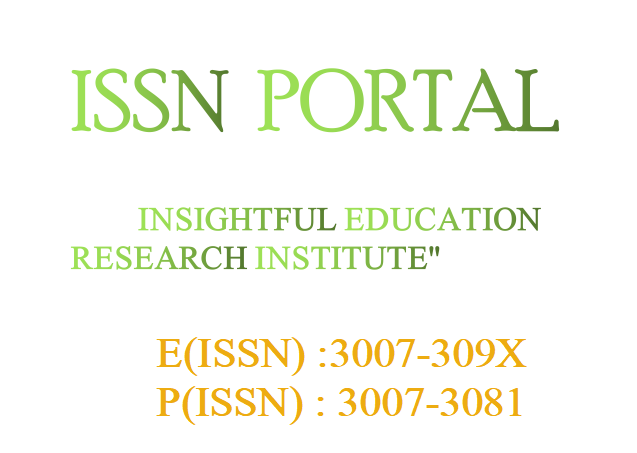PREVALENCE AND RISK FACTORS OF HEPATITIS B VIRUS AND HEPATITIS C VIRUS AMONG PREGNANT WOMEN OF FAISALABAD, PUNJAB, PAKISTAN
DOI:
https://doi.org/10.62019/9xx4ga49Keywords:
HBV, HCV, ELISA, pregnancy, infectionAbstract
Background: Hepatitis B (HBV) and Hepatitis C (HCV) are serious health concerns worldwide, especially for pregnant women, as they can lead to complications for both the mother and baby. This study aimed to understand how common these infections are among pregnant women in Faisalabad, Pakistan, and what factors put them at risk. Between April and July 2023, researchers surveyed 200 pregnant women at National and Faisal Hospitals, collecting information through structured interviews and blood tests. Positive samples were confirmed using ELISA testing. Results: The findings were concerning 03% of the women tested positive for HBV, while 14% had HCV, rates significantly higher than average. The most common way the viruses spread was through unprotected sexual contact, with 86% of infected women reporting exposure to an infected partner. Rural women had a higher infection rate (58%) compared to those in urban areas (42%). Working women were more affected (60%) than housewives (40%), and education played a role too less educated women had a higher infection rate (20.9%) compared to their educated counterparts (15.2%). Additionally, exposure to contaminated blood or syringes increased the risk, with 13.3% of cases linked to direct contact. Conclusion: These infections can have devastating effects, increasing the risk of stillbirth, miscarriage, and long-term health issues for newborns. The study highlights the need for routine screening during pregnancy, better public awareness, and stronger prevention measures such as safe sex education, improved medical safety, and harm reduction for drug users to protect both mothers and their babies.







